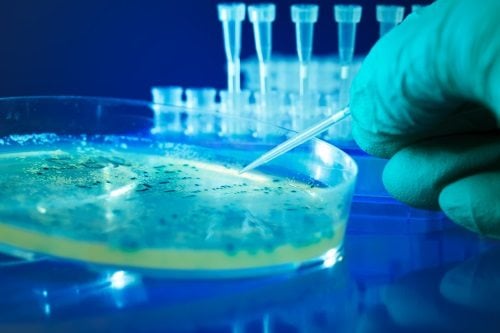inety-seven percent of food samples collected in the European Union are free of pesticide residues or contain traces that are within legal limits.
The conclusion is part of EFSA’s latest annual report on pesticide residues in food, which analyses the results of almost 83,000 food samples from the 28 EU Member States – including Croatia for the first time – as well as Iceland and Norway.
“The high compliance rates recorded for 2014 are in line with previous years, which means that the EU is continuing to protect consumers by controlling the presence of pesticide residues in food,” says Jose Tarazona, head of pesticides unit.
The report’s findings are:
– 97% of samples analyzed were within legal limits.
Of these, 53.6% were free of quantifiable residues and 43.4% contained residues that were within permitted concentrations.
– Of the samples originating from EU/EEA countries, 1.6% contained residues exceeding legal limits; the corresponding figure for samples from third countries was 6.5%.
– No quantifiable residues were found in 91.8% of baby food samples.
– 98.8% of organic products were either free of residues or contained residues within legal limits.
EFSA used data from the report to assess whether current dietary exposure to pesticide residues presents a risk to the health of Europeans in the long term (chronic) or short term (acute).
In both cases, the Authority concluded that exposure is unlikely to pose a threat to human health.
Recommendations
EFSA has made a number of proposals to improve the effectiveness of monitoring of pesticides in the EU.
These include:
– Extending the scope of the monitoring program to food products such as small fruits, berries and tea, which were frequently identified as containing residues.
– Reducing analysis of animal products and shifting the monitoring focus to animal feed e.g. soya bean, rapeseed and barley.
– Including mandatory analysis of glyphosate in the above crops.
– Including honey in the ‘basket’ of samples to improve understanding of exposure of bees and inform possible revision of legal limits of residues in honey.
– Improving communication of changes to permitted residue levels to importers of food from outside the EU.










